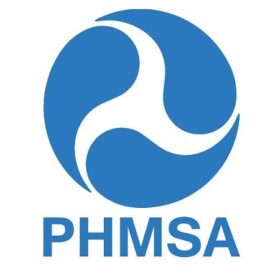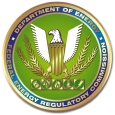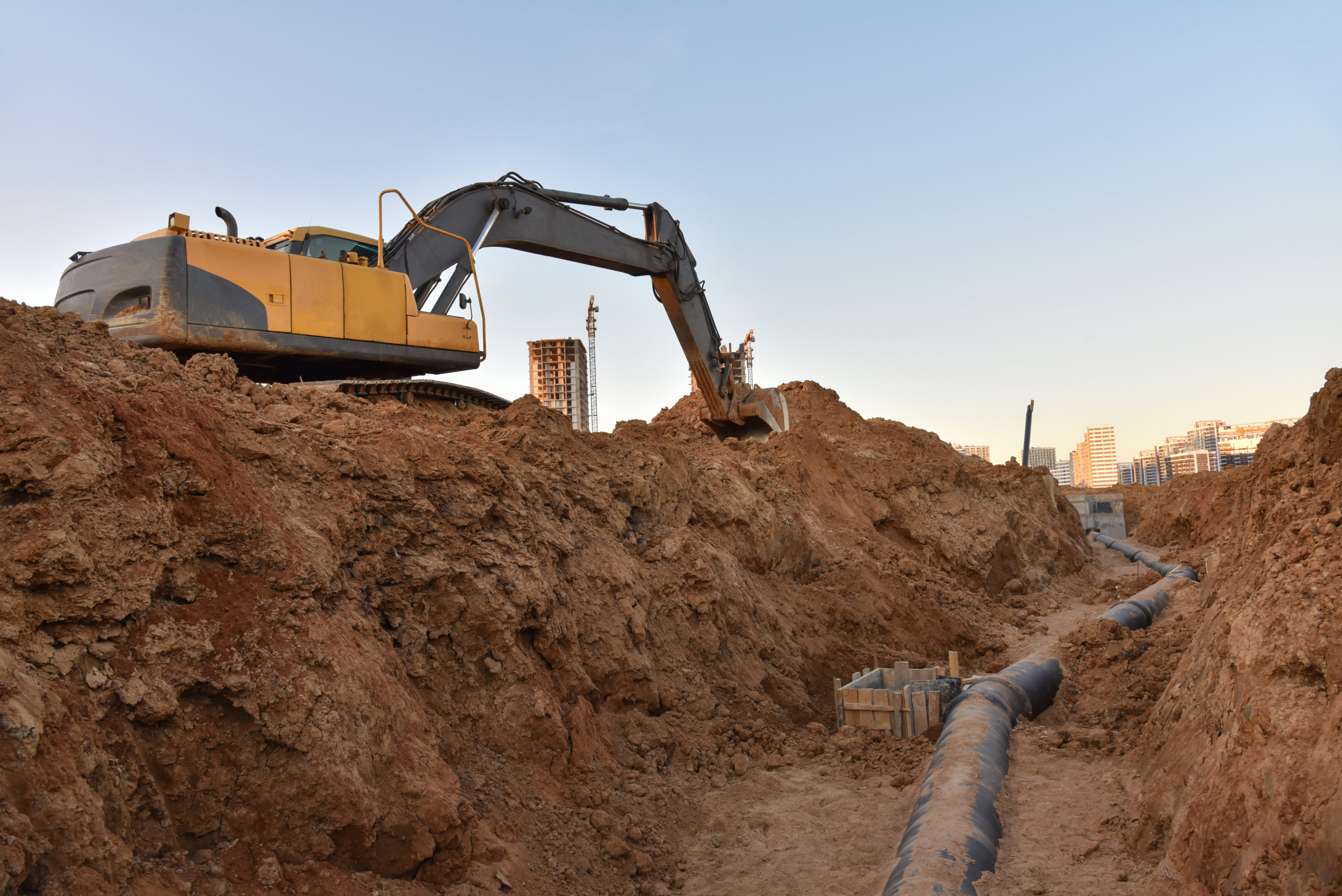INGAA is continuing to negotiate with PHMSA on generic technical criteria for raising the maximum allowable operating pressure (MAOP) of new and recent vintage pipelines. These criteria will use the presently available PHMSA waiver authority to grant special permits to individual pipeline segments. We have been successful in negotiating criteria that achieve the pipeline safety goals of PHMSA and INGAA members and still provide added flexibility in designing, manufacturing and constructing a pipeline. This effort should clarify the requirements for obtaining special waivers and simplify and speed up the administrative process for approving an increase in pipeline MAOP. We expect the negotiations to be completed within the next month.
We began negotiations with PHMSA on generic criteria for increasing the interval between integrity management program (IMP) assessments in high consequence areas (HCA). The criteria consist of improved technical assessment methods combined with thorough management processes and implementations. Individual candidate segments passing clearly defined criteria would be submitted to PHMSA. For now, the special permits will be limited to only HCA segments assessed with high resolution magnetic flux leakage and caliper tools or hydrostatic pressure tests with a maximum interval of 10 years. This should allow increased flexibility in allocating budgeted maintenance dollars on pipeline systems while also achieving the safety goals of PHMSA and INGAA members. As discussed with PHMSA, the generic criteria will be agreed upon within the next several months utilizing a similar waiver process as above.
The INGAA Pipeline Safety Committee is collecting data and experiences with IMP Audits in preparation for discussions with PHMSA. Many of the IMP audits conducted last year have not come to closure and there still appears to be some inconsistency in expectations and enforcement of the audits. We anticipate that the IMP assessment and enforcement process results will be available to the public on the web (PIPES 2006 requirement) in the near future and that a record demonstrating mutually achievable goals, consistency and transparency will raise public confidence in natural gas pipelines and their regulator PHMSA.
INGAA has discussed forming a coalition with the other pipeline trade associations (AGA, APGA, API and AOPL) to promote state implementation of the excavation damage principles in the Pipes Act of 2006. These discussions have included PHMSA, NAPSR and the CGA. INGAA has consulted with Graham Hill, the lead Congressional staff person on the Pipes Act who now is a private consultant. Hill has proposed a plan for utilizing the resources of the individual members of the individual members of the pipeline associations along with the outreach to other stakeholder groups with common goals. Technical resources of PHMSA and CGA will be utilized where possible. It is anticipated that the legislative or regulatory efforts will focus on states that have strong CGA structures and adequate One Call infrastructures to support the improvements in administration and enforcement. If this effort is successful, it could pave the way for fewer excavation damage incidents on our members’ pipeline systems.







